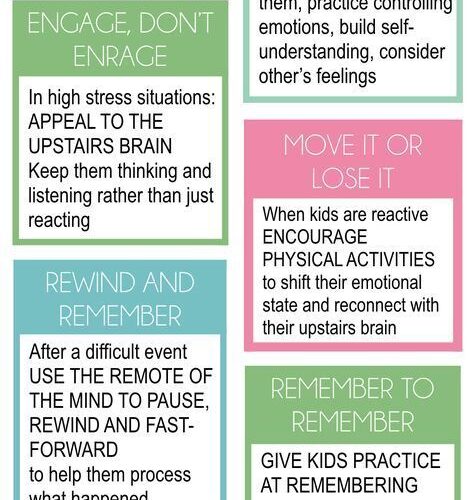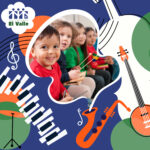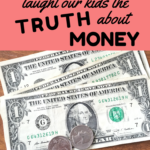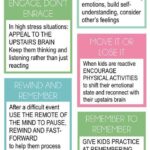Summary of The Whole-Brain Child
You know those books. You hear about them for years but you just don’t get around to reading them. Then once you read it, you are kicking yourself, “why didn’t I read this sooner?!”
This is exactly what happened when I finished reading “The Whole-Brain Child” by Dr Daniel Siegel and Dr Tina Payne Bryson.
I actually won a copy of this book from Kate Berger of The Expat Kids Club years ago and I am so happy to finally read the contents. The scientific parts are easy to digest, provide a scientific base to parent from, and the 12 strategies outlined in the book definitely complement the Montessori approach.
The book is so good but it’s easy to read these books and not put the ideas into practice. So I decided to make an infographic to print out and thought I’d share it here with you.
Here is my summary of “The Whole-Brain Child”.
You can also download a PDF version here.
If you’ve not read the book yet, these are my two favourite takeaways:
- When your child has flipped their lid, the “upstairs” part of the brain is not available. The upstairs part of the brain is where we can make decisions, show empathy, have self control etc.Therefore, we need to wait until the child calms down or help them calm down, before we start trying to rationalise with them. Watch this short video here: https://www.youtube.com/watch?v=gm9CIJ74Oxw
- Similarly, when your child is upset, we should first connect right brain to right brain. Yes, with empathy. Then, once they are more receptive, we are able to redirect with the left brain. Redirect does not mean to distract. It means to involve the child in making amends and finding solutions together.
I hope you find the summary useful and definitely recommend reading the book too. You will find many practical strategies to support your child and the integration of their brain, all the parts of themselves, and even with others.
For more book summaries, click here for a summary of How To Talk So Kids Will Listen and here for a summary of Siblings Without Rivalry.
Sending warmest wishes from a sunny (!) Amsterdam,
Simone
PS If you wish to purchase the book, feel free to use my affiliate link here (at no cost to you) and a small portion will go towards books for our class. Thanks!
PPS This infographic was kindly translated by Jennifer Escobar into Spanish. You can download the Spanish version here.








